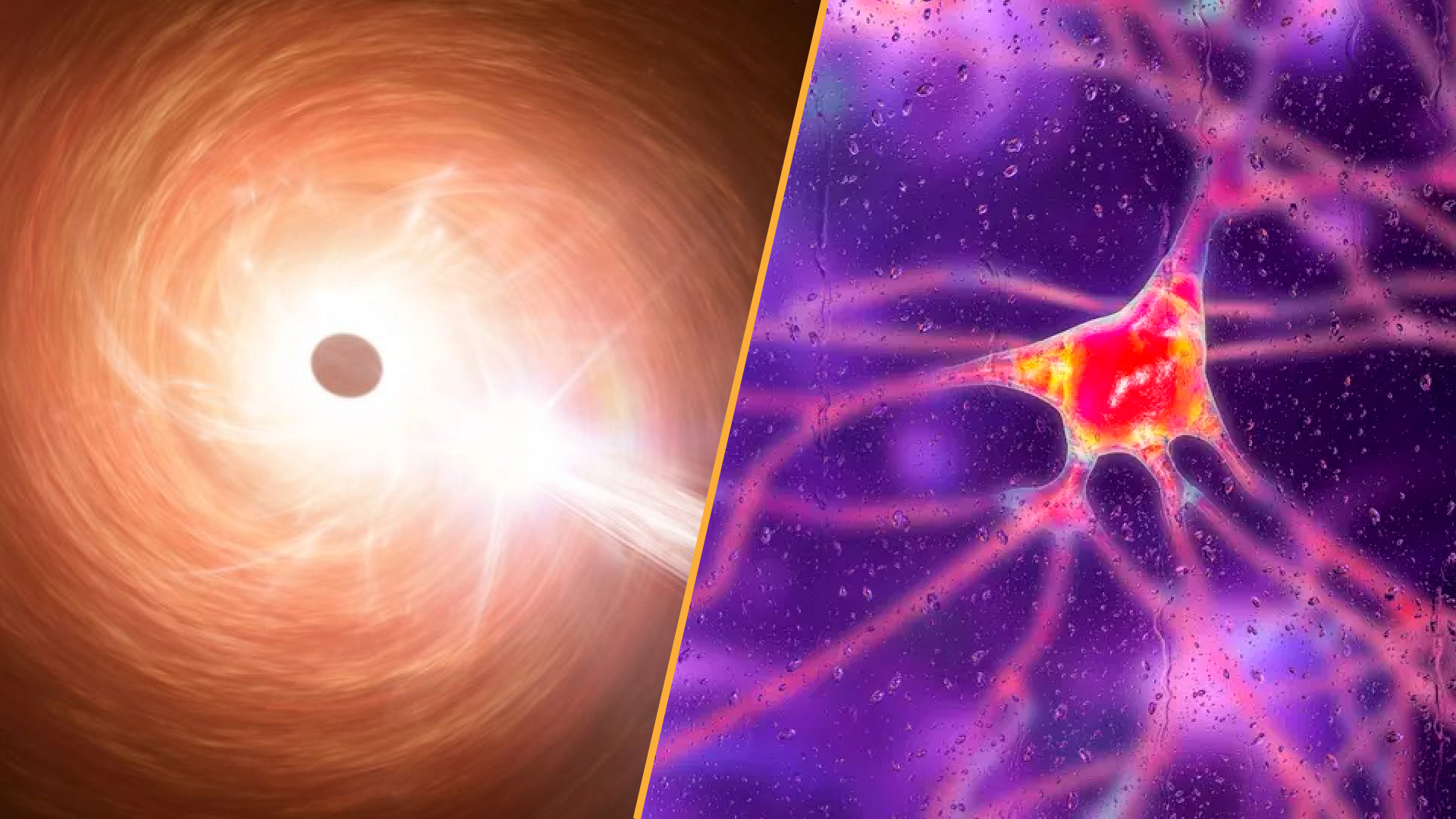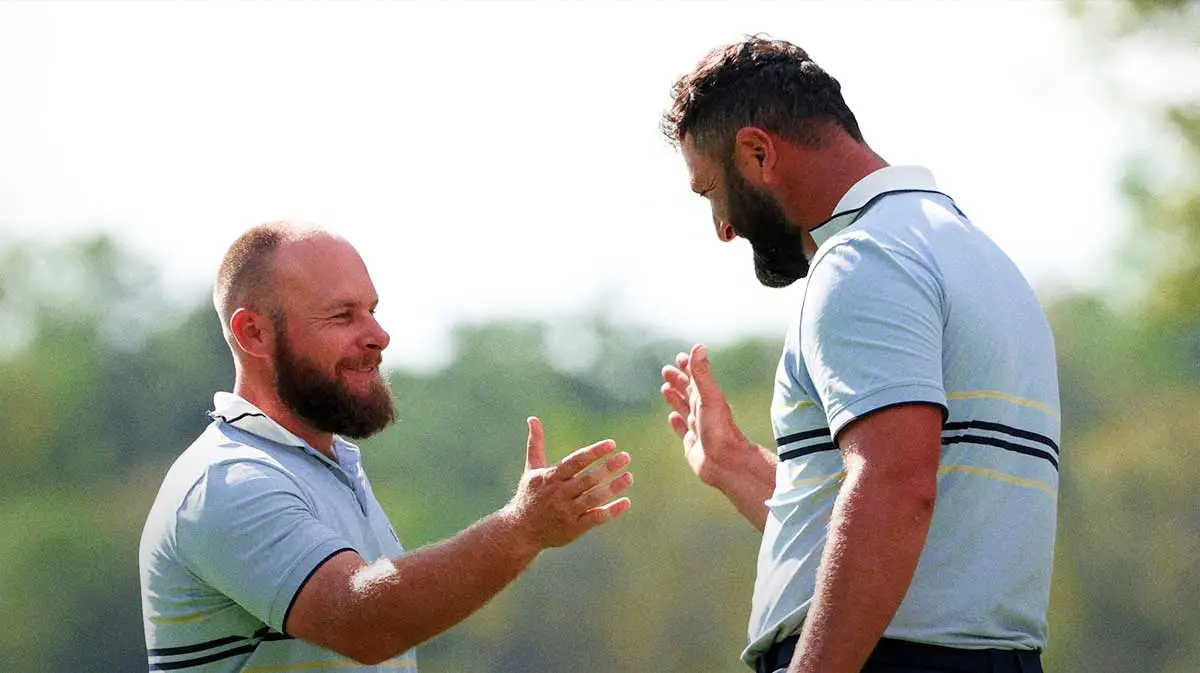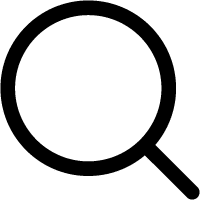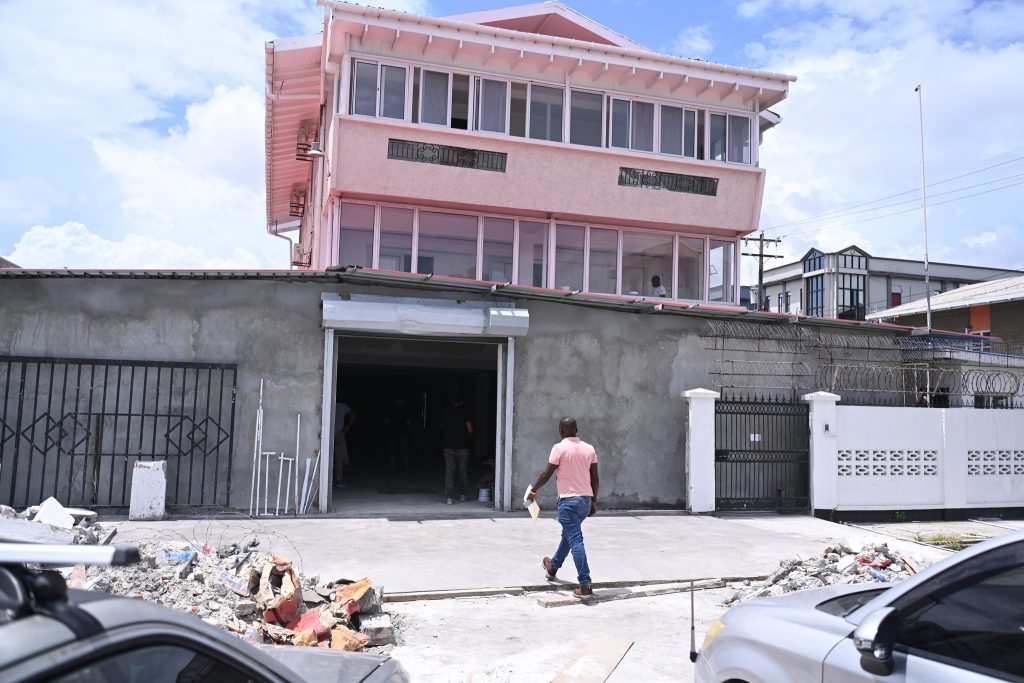Copyright livescience

Skip to main content Close main menu Live Science Sign up to our newsletter View Profile Search Live Science Planet Earth Archaeology Physics & Math Human Behavior Science news Life's Little Mysteries Science quizzes Newsletters Story archive Man regains vision by tooth to eye implant 5,000-year-old stone tomb in Spain Abandoning daylight saving time JWST discovers possible black hole star Million-year-old skull from China rewrites human origins Don't miss these Planet Earth Science news this week: Black holes galore and blue whales that still sing Science news this week: NASA finds best evidence of life on Mars and scientists invent visible time crystals Science news this week: A key Atlantic current nears collapse, the world's biggest iceberg shatters, and mouse brains rewrite neuroscience Planet Earth 'Anti-aging' magic mushrooms and record-breaking internet speeds Planet Earth Science news this week: A 400-year trip to Alpha Centauri and the malevolent AI that may make us consider it Archaeology Science news this week: The world's oldest mummy, and an ant that mates with clones of a distant species Science news this week: A world first pig-to-human lung transplant, and SpaceX’s Starship nails a test flight Planet Earth Science news this week: Storms rage on Earth and the sun, and a new moon is spotted around Uranus An 'interstellar visitor' and the oldest ancient Egyptian genome ever sequenced Wolves help restore trees in Yellowstone and the largest interstellar object ever seen Planet Earth A magnitude 8.8 megaquake and whether we should — and can — stop AI Planet Earth 'Bringing back' giant ancient birds and a shift in Earth's poles Medicine & Drugs 8-year-old with rare, fatal disease shows dramatic improvement on experimental treatment Best-ever map of the human genome reveals 'hidden' regions of DNA Scraps of ancient viruses make up 40% of our genome. They could trigger brain degeneration. Science news this week: A breakthrough cure for Huntington's disease and a fast-growing black hole that breaks physics Ben Turner 27 September 2025 Sept. 27, 2025: Our weekly roundup of the latest science in the news, as well as a few fascinating articles to keep you entertained over the weekend. When you purchase through links on our site, we may earn an affiliate commission. Here’s how it works. In this week's science news, we reported on a breakthrough treatment for Huntington's disease, this year's most powerful tropical storm, a black hole breaking theoretical limits, and the connection between air pollution and skin conditions. (Image credit: NASA/CXC/SAO/M. Weiss (left)/Kateryna Kon/Science Photo Library via Getty Images (right).) Super Typhoon Ragasa became the strongest storm of the year Life's Little Mysteries Monster black hole breaks cosmology Also in science news this week Science Long read Something for the weekend Science in motion This week's science news has been dominated by medical marvels, with the announcement of a breakthrough gene therapy that has treated Huntington's disease for the first time. Huntington's disease is relatively rare, affecting 1 in 10,000 to 20,000 people in the U.S., but it's a cruel and terrible disease. Caused by a single defective gene, the disease runs through families and appears between the ages of 30 and 50 with dementia-like symptoms that include loss of cognition and motor control. Until now, no treatments have slowed the disease's progression, and patients typically die within 10 to 25 years of it manifesting. The new therapy introduced a new gene into cells in the two parts of the brain hit hardest by the disease to slow its progression by 75%, marking a remarkable first in the field. And while the treatment remains in clinical trials, the researchers have begun the application process to get it approved in the U.S. and then Europe. You may like Science news this week: Black holes galore and blue whales that still sing Science news this week: NASA finds best evidence of life on Mars and scientists invent visible time crystals Science news this week: A key Atlantic current nears collapse, the world's biggest iceberg shatters, and mouse brains rewrite neuroscience Another remarkable medical procedure also featured heavily in our coverage this week: a Vancouver man whose vision was restored by Canada's first ever tooth-in-eye surgery. Brent Chapman lost his left eye after a severe allergic reaction to the painkiller ibuprofen. Following two decades of failed attempts to fix it, doctors resorted to the rare procedure of implanting his tooth into his cornea, where it served as a platform for a plastic lens that brought back his sight. Elsewhere, we reported on the intriguing and troubling links between daylight saving time and strokes in a study which argues for abandoning biannual clock switching altogether. Super Typhoon Ragasa became the strongest storm of the year 'A serious threat': China braces as Super Typhoon Ragasa, this year's strongest storm, nears with winds of up to 177 mph This year's biggest storm put China's megacities into lockdown. (Image credit: Kimiya Yui/X/@Astro_Kimiya) A brief lull in hurricane activity during the season's apparent peak last week left some experts asking where all the tropical storms had gone. But they weren't left wondering for long, as Super Typhoon Ragasa — the strongest storm of the year so far with wind speeds topping 177 mph (285 km/h) — rampaged across the Philippines, Taiwan, Hong Kong, China and Vietnam, causing mass evacuations and shutdowns of the region's megacities. It's also far from the last, with another storm, named Buloi, developing into a typhoon and on its way to the Philippines. Meanwhile in the Atlantic, three storm systems are developing into next week, drawing extra strength from warming ocean waters. Sign up for the Live Science daily newsletter now Get the world’s most fascinating discoveries delivered straight to your inbox. Contact me with news and offers from other Future brandsReceive email from us on behalf of our trusted partners or sponsorsBy submitting your information you agree to the Terms & Conditions and Privacy Policy and are aged 16 or over. Discover more planet Earth news —Weird glass in Australia appears to be from giant asteroid impact — but scientists 'yet to locate the crater' —Scientists discover 85 'active' lakes buried beneath Antarctica's ice You may like Science news this week: Black holes galore and blue whales that still sing Science news this week: NASA finds best evidence of life on Mars and scientists invent visible time crystals Science news this week: A key Atlantic current nears collapse, the world's biggest iceberg shatters, and mouse brains rewrite neuroscience —We are just beginning to discover what Earth's inner core is really made of Life's Little Mysteries Did ancient Egyptians really booby-trap the pyramids? Are Egyptian tombs really strewn with deadly traps? (Image credit: BC Video Inc via Getty Images) Indiana Jones, Lara Croft or Nathan Drake — picture any of these characters and you'll likely arrive at an image of them fleeing from booby-trapped tombs with a priceless treasure in hand. But where did we arrive at this idea? And were Egypt's tombs really rigged to kill thieves and archaeologists alike? We dug up the answer. —If you enjoyed this, sign up for our Life's Little Mysteries newsletter Monster black hole breaks cosmology 'Shocking': Astronomers find monster black hole growing at 2.4 times the theoretical limit A black hole growing beyond theoretical limits could become a head-scratcher for cosmologists. (Image credit: NASA/CXC/SAO/M. Weiss) Black holes are famous for breaking all the rules, most notoriously creating crazy singularities in Einstein's general relativity, which describes how gravity works. Yet beyond their physics-warping event horizons, the cosmic monsters are usually neatly constrained by theory — obeying a strict "Eddington limit" for how fast they can grow based on their outward radiation pressure and gravitational pull. That's why the discovery of a giant black hole growing at 2.4 times this limit caught astrophysicists off guard. It's not the first super black hole to blow past this limit (others have been spotted by the James Webb Space Telescope), but it does provide clear evidence that our current cosmological models are missing something big in their description of these massive eaters, and it could have universe-altering consequences. Discover more space and physics news —'We thought it was a problem with the instrument': Scientists shocked by rare 'Einstein cross' with a surprise in the center —The James Webb telescope may have discovered a brand new class of cosmic object: the black hole star —We could nuke 'city killer' asteroid 2024 YR4 before it hits the moon — if we act fast, new study warns Also in science news this week —5,000-year-old stone tomb discovered in Spain is 43 feet long — and it holds many prehistoric burials —'Completely unexplained': James Webb telescope finds strange 'dark beads' in Saturn's atmosphere —Scientific breakthrough leads to 'fluorescent biological qubit' — it could mean turning your cells into quantum sensors —Gigantic dinosaur with 'claws like hedge trimmers' found with croc leg still in its jaws in Argentina Science Long read Scientists are unraveling the link between pollution and psoriasis Air pollution could be driving cases of psoriasis around the globe. (Image credit: Sanket Jain) Hundreds of millions of people suffer from psoriasis. Yet the condition, an autoimmune response which causes itchy scales to appear on the scalp and skin, is not fully understood. While scientists know that some genes make people more susceptible to psoriasis, the condition is also triggered by air pollution, emerging research is revealing. With 99% of people around the world exposed to air beneath the World Health Organization's guidelines, Live Science reported from Maharashtra, India, on the role low quality air plays to exacerbate autoimmune conditions. Something for the weekend If you're looking for something a little longer to read over the weekend, here are some of the best interviews, polls and science histories published this week. —In 'Secrets of the Brain,' Jim Al-Khalili explores 600 million years of brain evolution to understand what makes us human [Interview] —Live Science crossword puzzle #11: Giant cloud at the edge of the solar system — 7 across [Crossword] —Dangers of falling birth rates in the US have been 'dramatically overstated,' experts say [Op-ed] Science in motion Microscopic baby sea urchin crawling with tubed feet is among video winners of Nikon Small World in Motion competition A tiny sea urchin navigating a piece of red algae with tiny feet. (Image credit: Dr. Alvaro Migotto/Nikon Small World in Motion 2025) This photograph that took fifth place in this year's Nikon Small World in Motion competition came entirely by accident after a zoologist in Brazil investigated a piece of red algae that had washed ashore. Studying the aquatic plant underneath a microscope, Alvaro Migotto spotted a baby sea urchin crawling across its surface using tiny tubed feet. Follow Live Science on social media Want more science news? Follow our Live Science WhatsApp Channel for the latest discoveries as they happen. It's the best way to get our expert reporting on the go, but if you don't use WhatsApp we're also on Facebook, X (formerly Twitter), Flipboard, Instagram, TikTok, Bluesky and LinkedIn. Science news this week Social Links Navigation Acting Trending News Editor Ben Turner is a U.K. based writer and editor at Live Science. He covers physics and astronomy, tech and climate change. He graduated from University College London with a degree in particle physics before training as a journalist. When he's not writing, Ben enjoys reading literature, playing the guitar and embarrassing himself with chess. You must confirm your public display name before commenting Please logout and then login again, you will then be prompted to enter your display name. Science news this week: Black holes galore and blue whales that still sing Science news this week: NASA finds best evidence of life on Mars and scientists invent visible time crystals Science news this week: A key Atlantic current nears collapse, the world's biggest iceberg shatters, and mouse brains rewrite neuroscience 'Anti-aging' magic mushrooms and record-breaking internet speeds Science news this week: A 400-year trip to Alpha Centauri and the malevolent AI that may make us consider it Science news this week: The world's oldest mummy, and an ant that mates with clones of a distant species Latest in Health Is acetaminophen safe in pregnancy? Here's what the science says. 'Groundbreaking' gene therapy is first treatment for Huntington's disease to slow the condition In 'Secrets of the Brain,' Jim Al-Khalili explores 600 million years of brain evolution to understand what makes us human Doctors restore a man's vision by removing his tooth and implanting it in his eye Why does medicine taste bad? Abandoning daylight saving time could prevent over 300,000 stroke cases a year in the US, study claims Latest in News Mysterious cosmic explosion can't be explained, scientists say Science news this week: A breakthrough cure for Huntington's disease and a fast-growing black hole that breaks physics Amazon rainforest trees are resisting climate change by getting fatter from CO2 in the atmosphere Scientists unveil world's first quantum computer built with regular silicon chips Scientists asked ChatGPT to solve a math problem from more than 2,000 years ago — how it answered it surprised them 'If there is a space race, China's already winning it': NASA unlikely to bring Mars samples back to Earth before China does, experts say LATEST ARTICLES It's official: Humans have found 6,000 planets beyond our solar system Why does medicine taste bad? Is acetaminophen safe in pregnancy? Here's what the science says. Mysterious cosmic explosion can't be explained, scientists say Our reviewer's 'go-to' sports watch has just dropped to its lowest-ever price Live Science is part of Future US Inc, an international media group and leading digital publisher. Visit our corporate site. Contact Future's experts Terms and conditions Privacy policy Cookies policy Accessibility Statement Advertise with us Web notifications Editorial standards How to pitch a story to us Future US, Inc. Full 7th Floor, 130 West 42nd Street, Please login or signup to comment Please wait...



